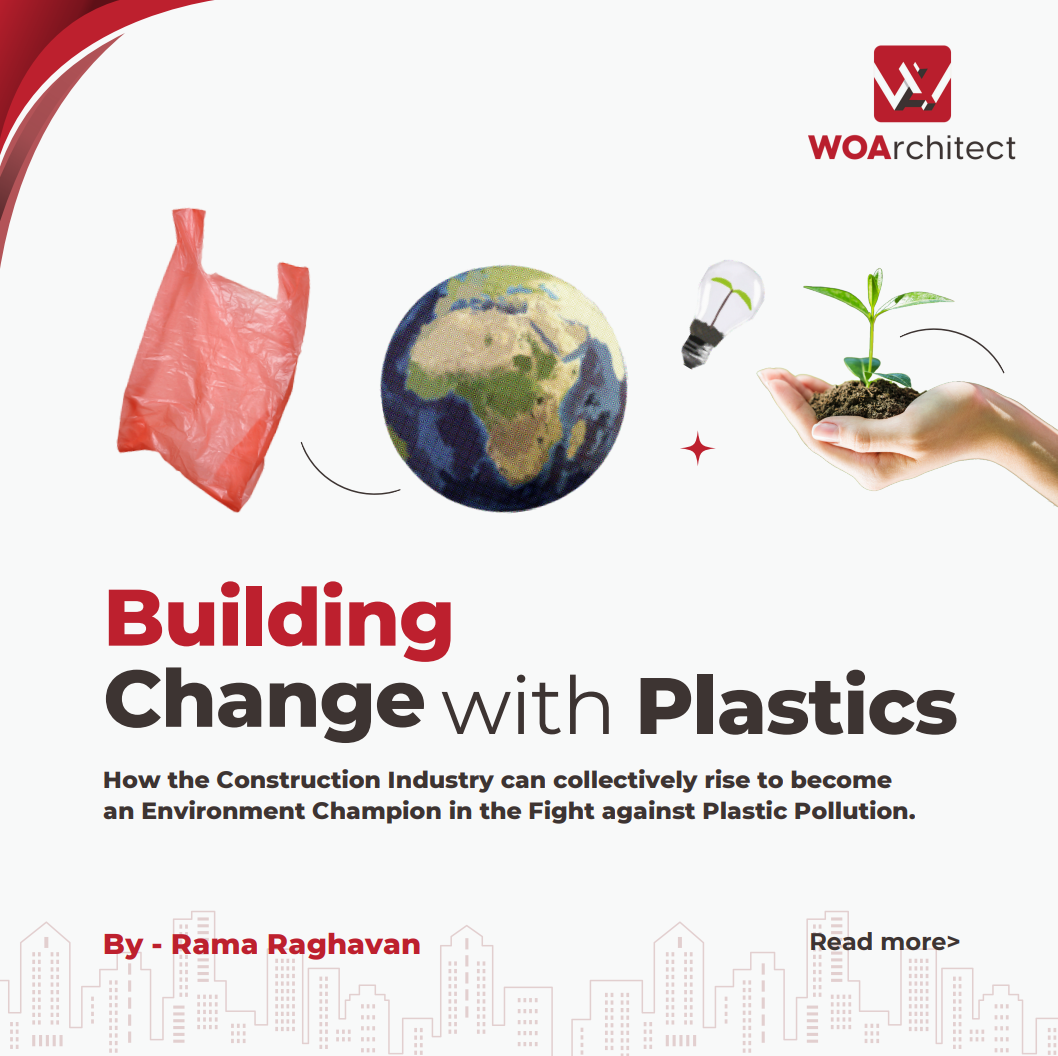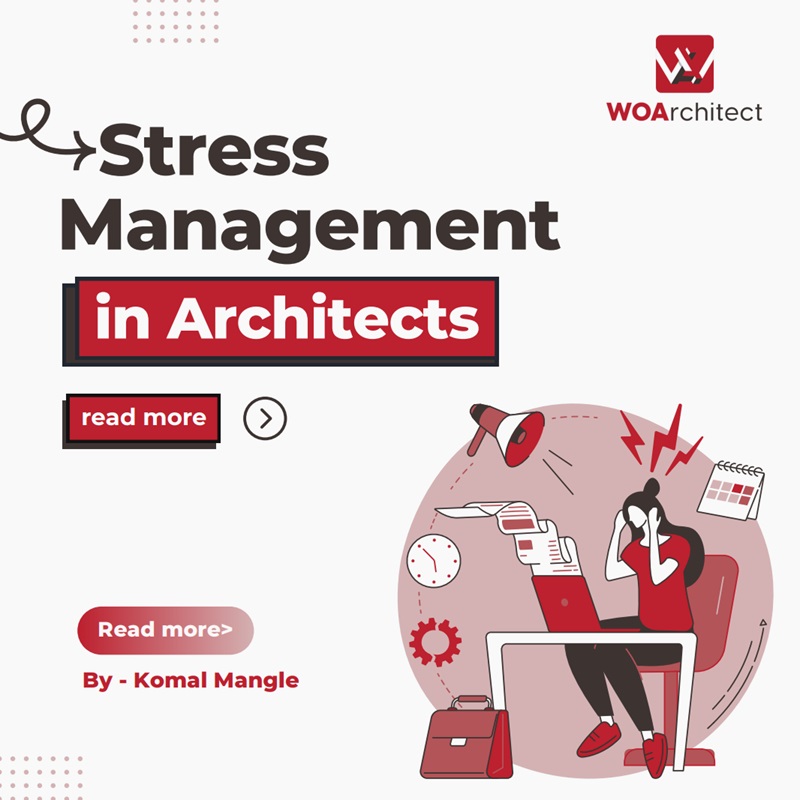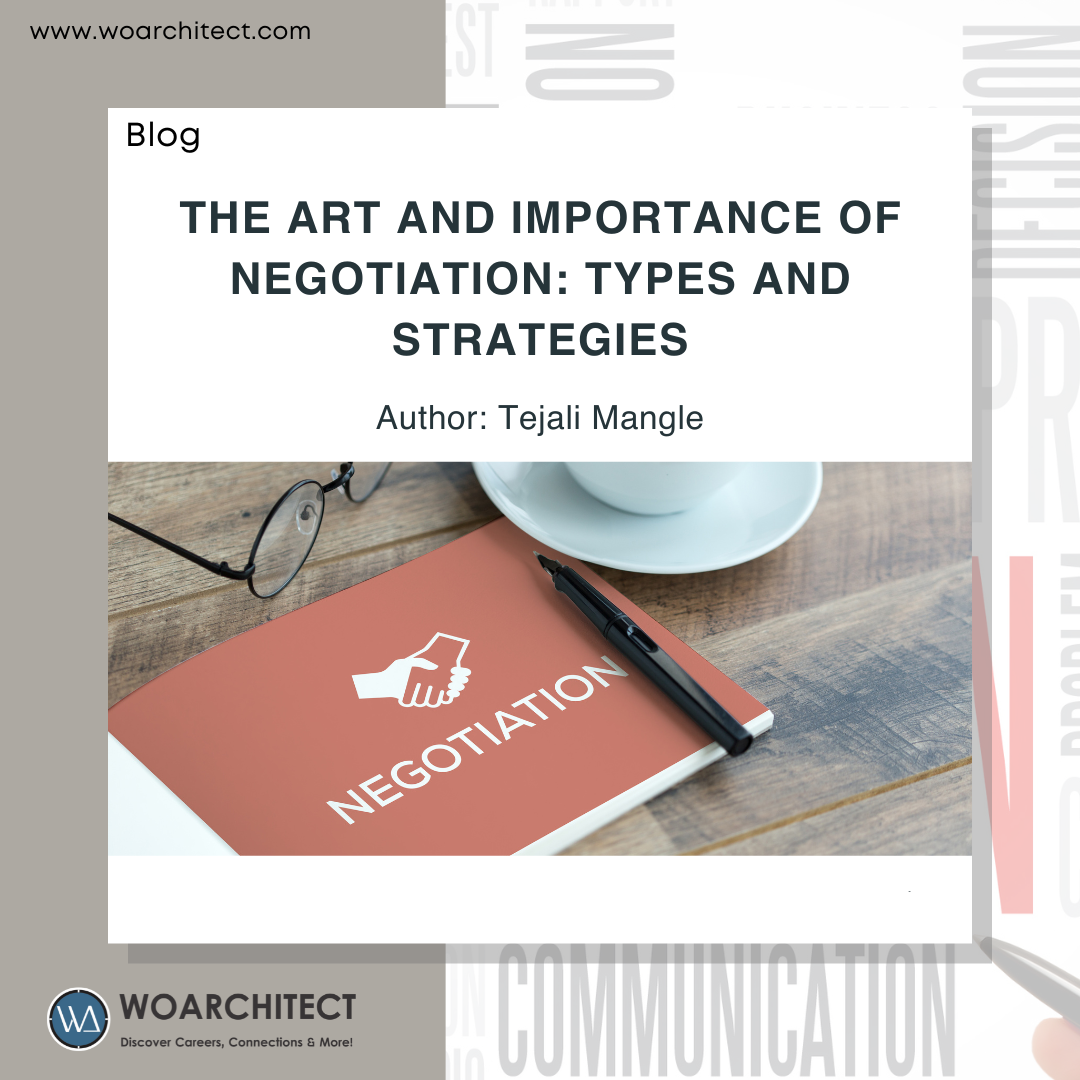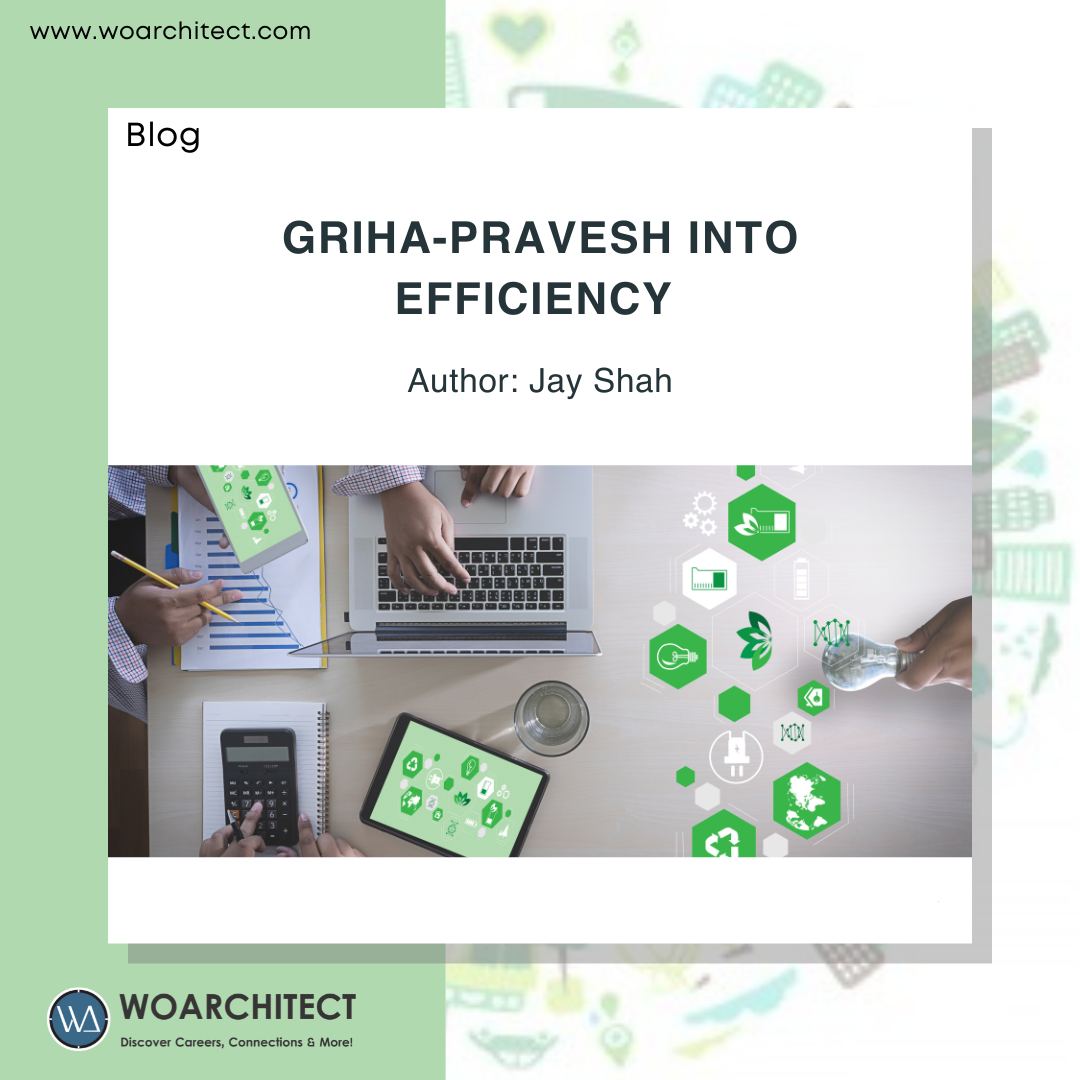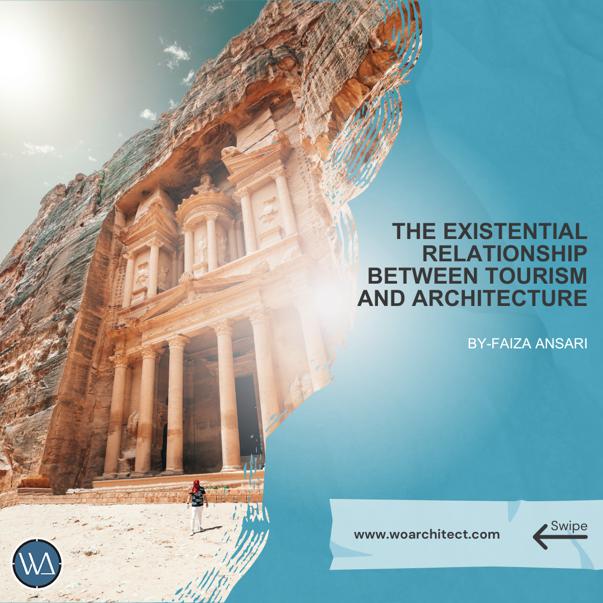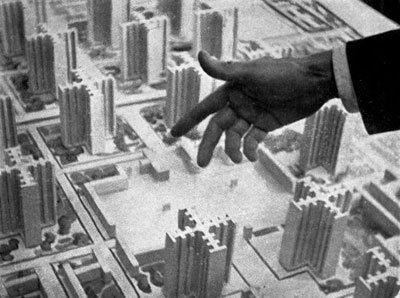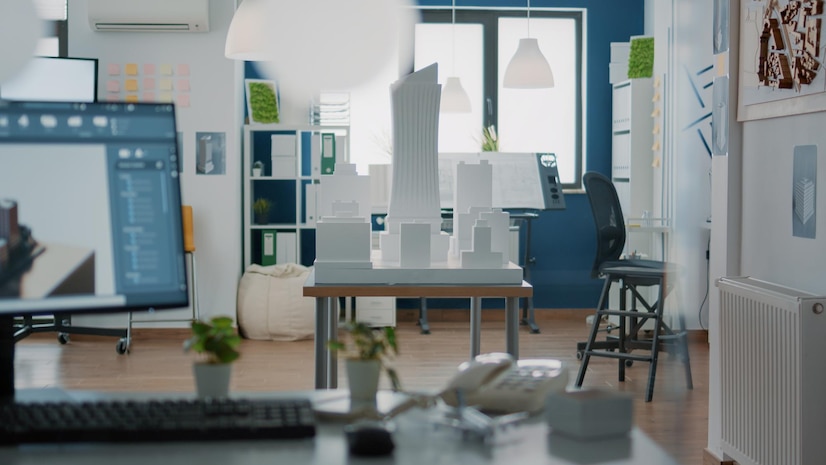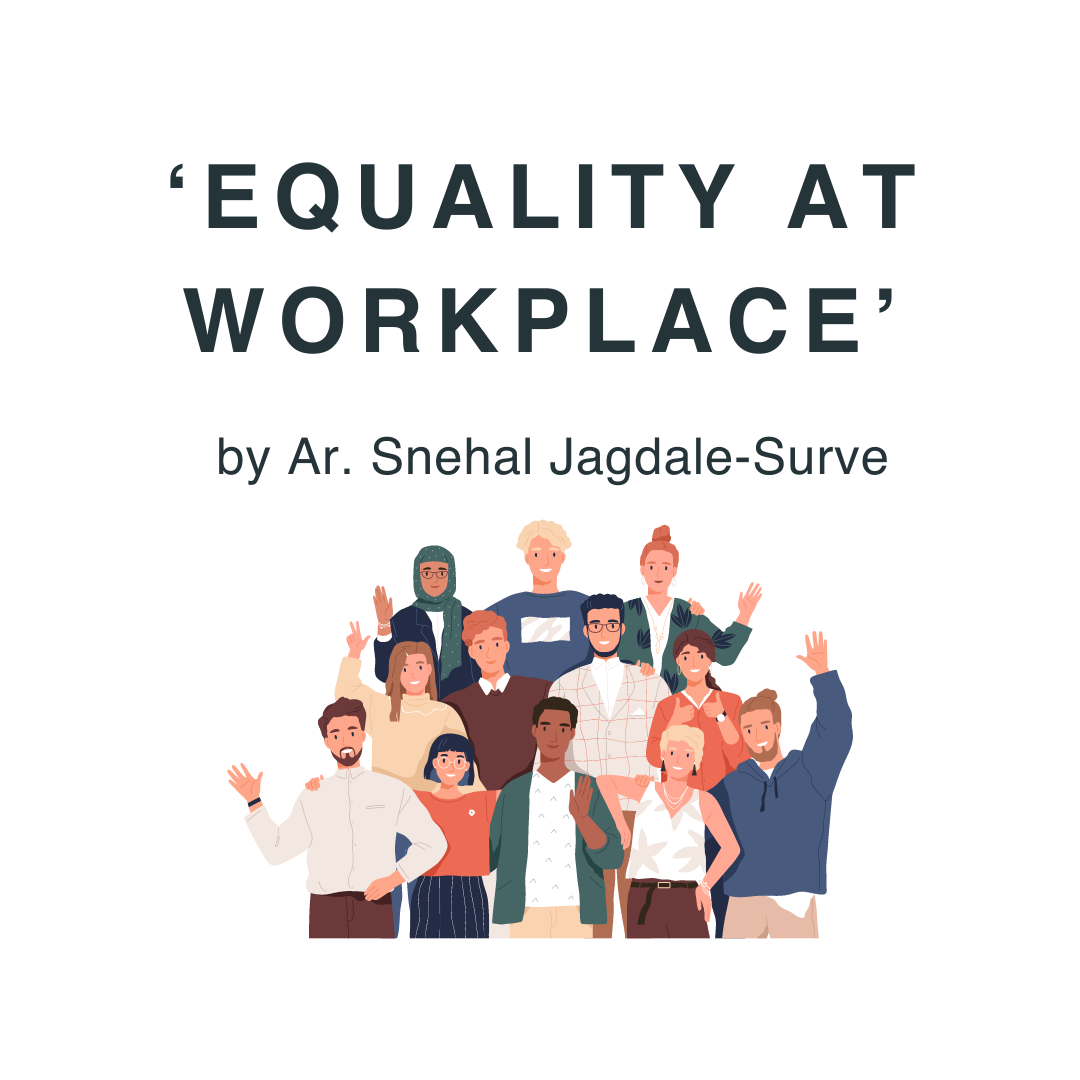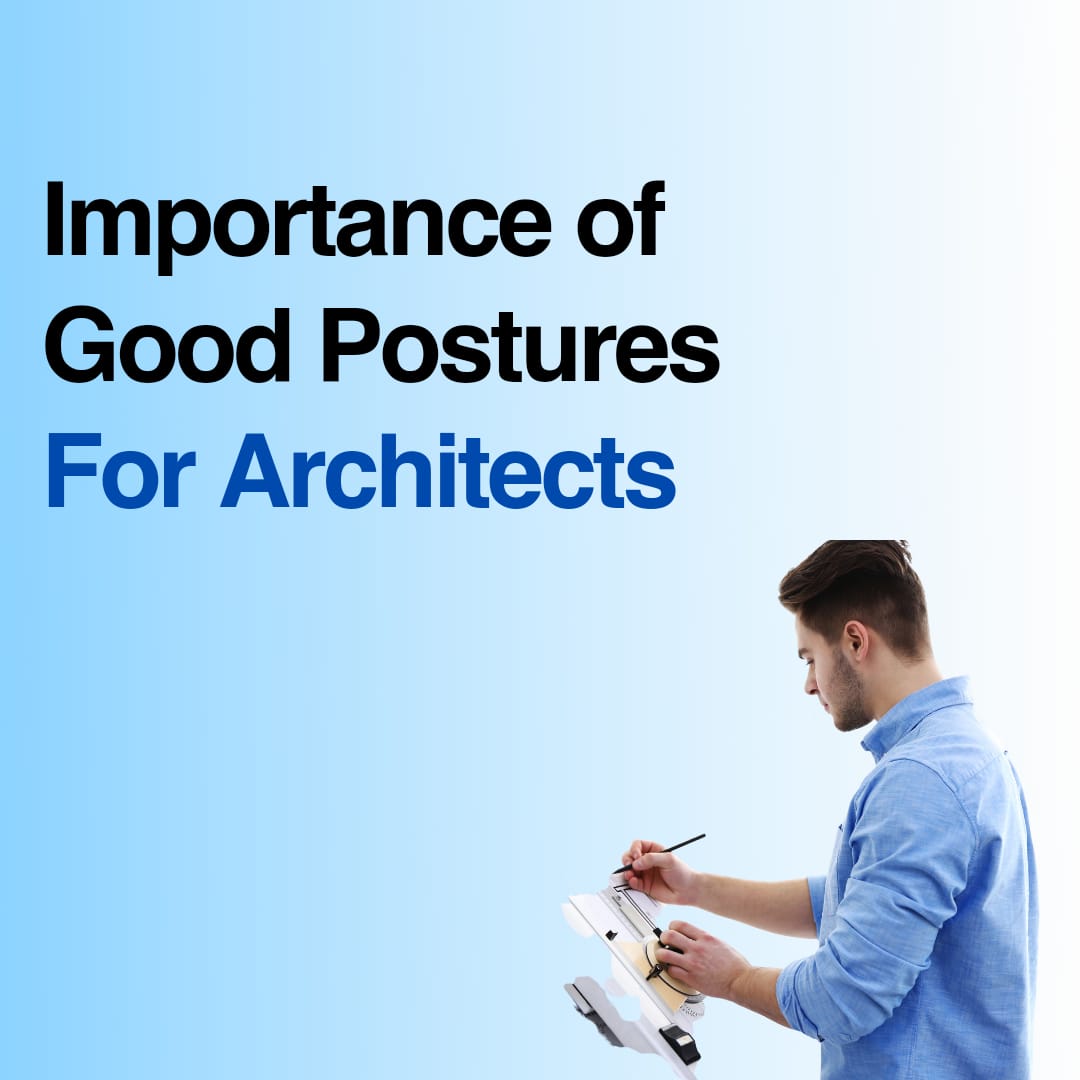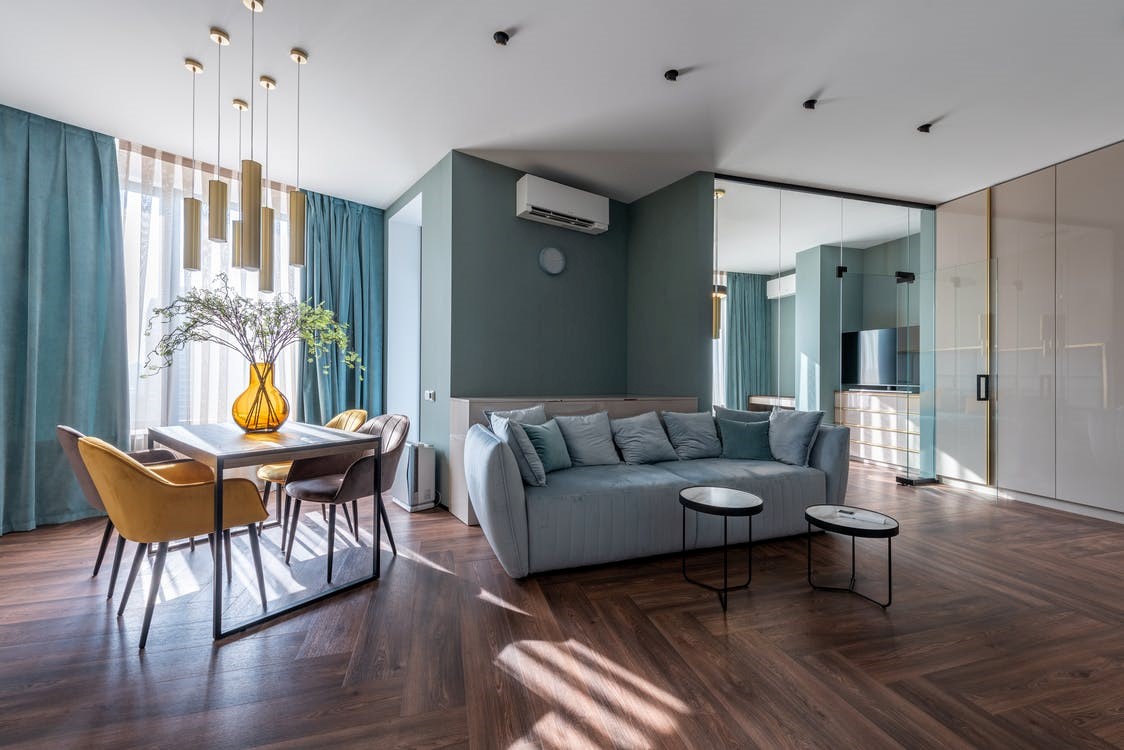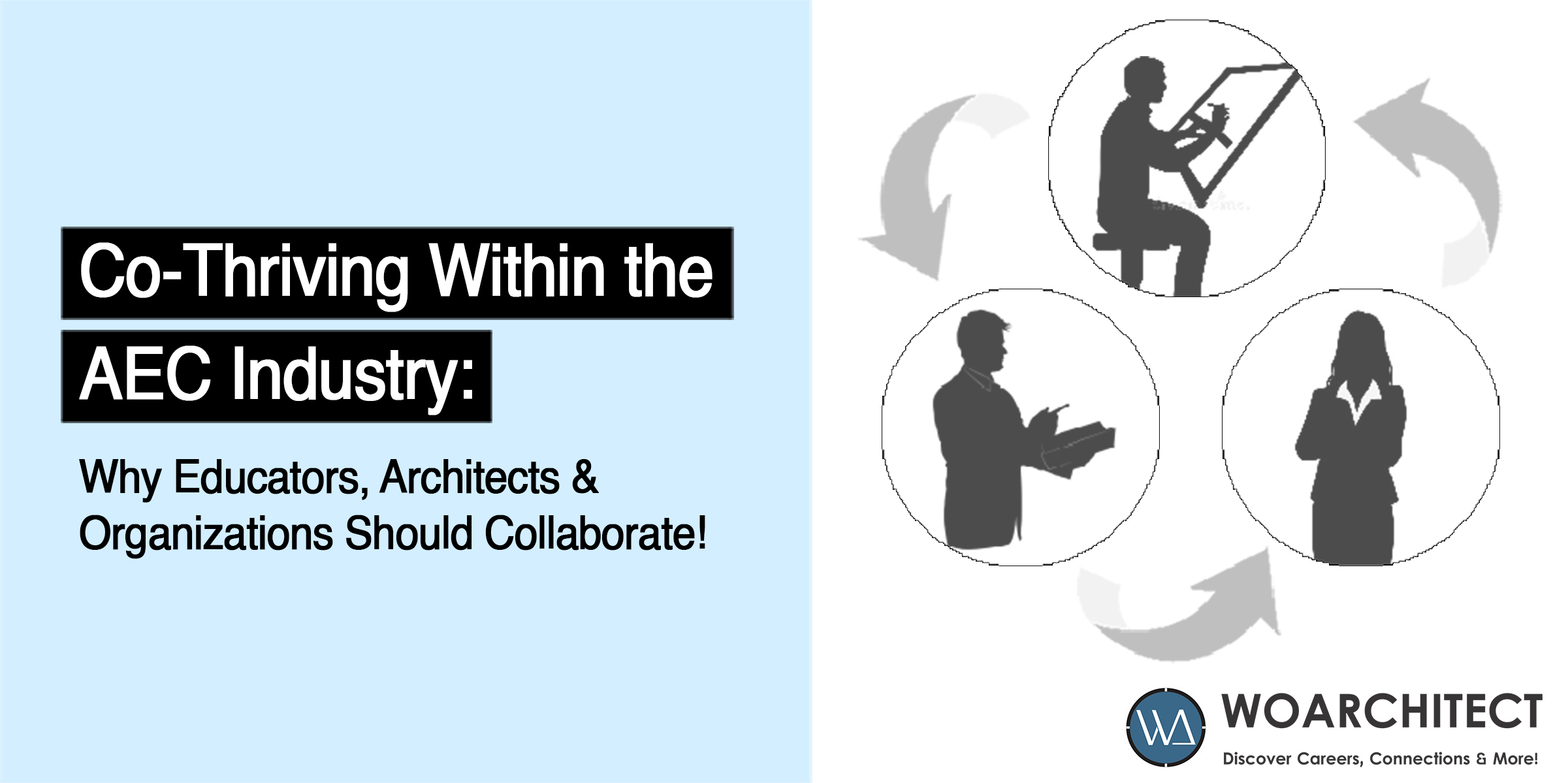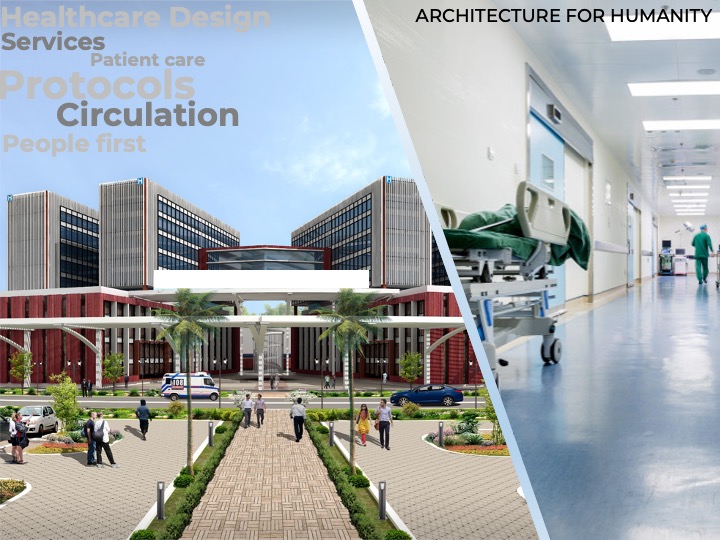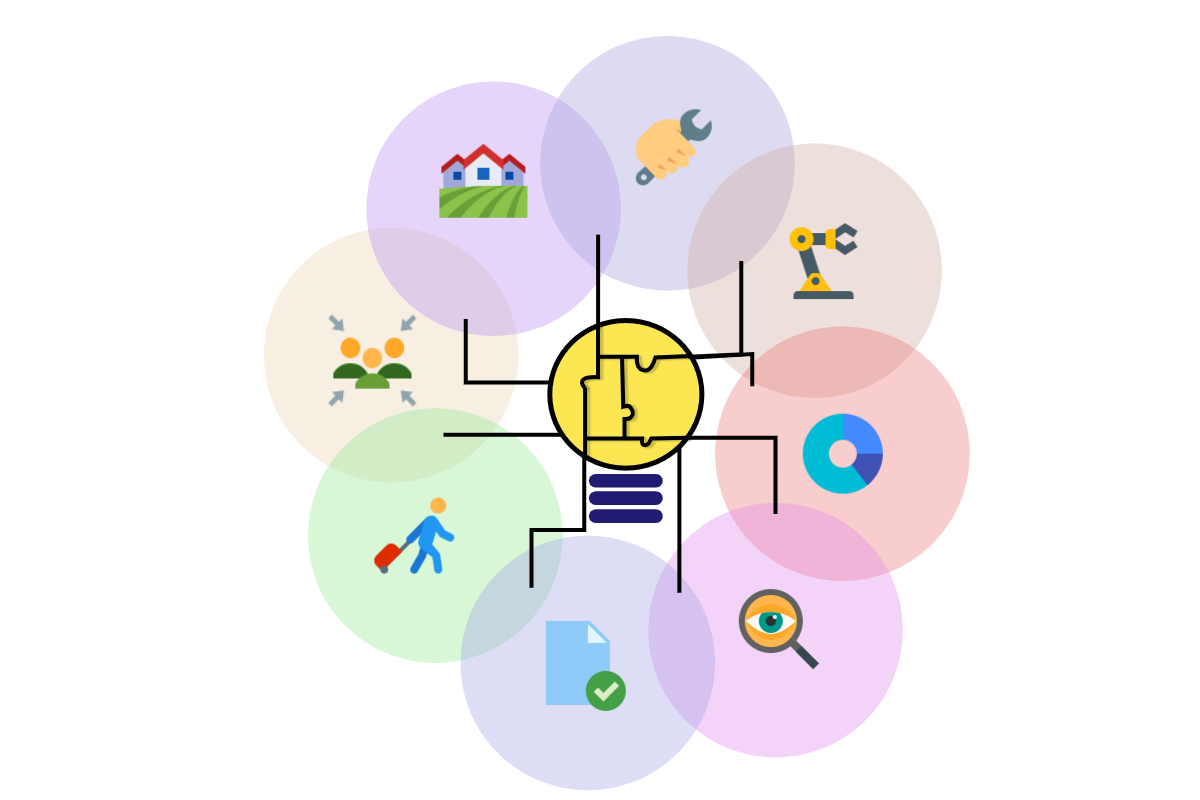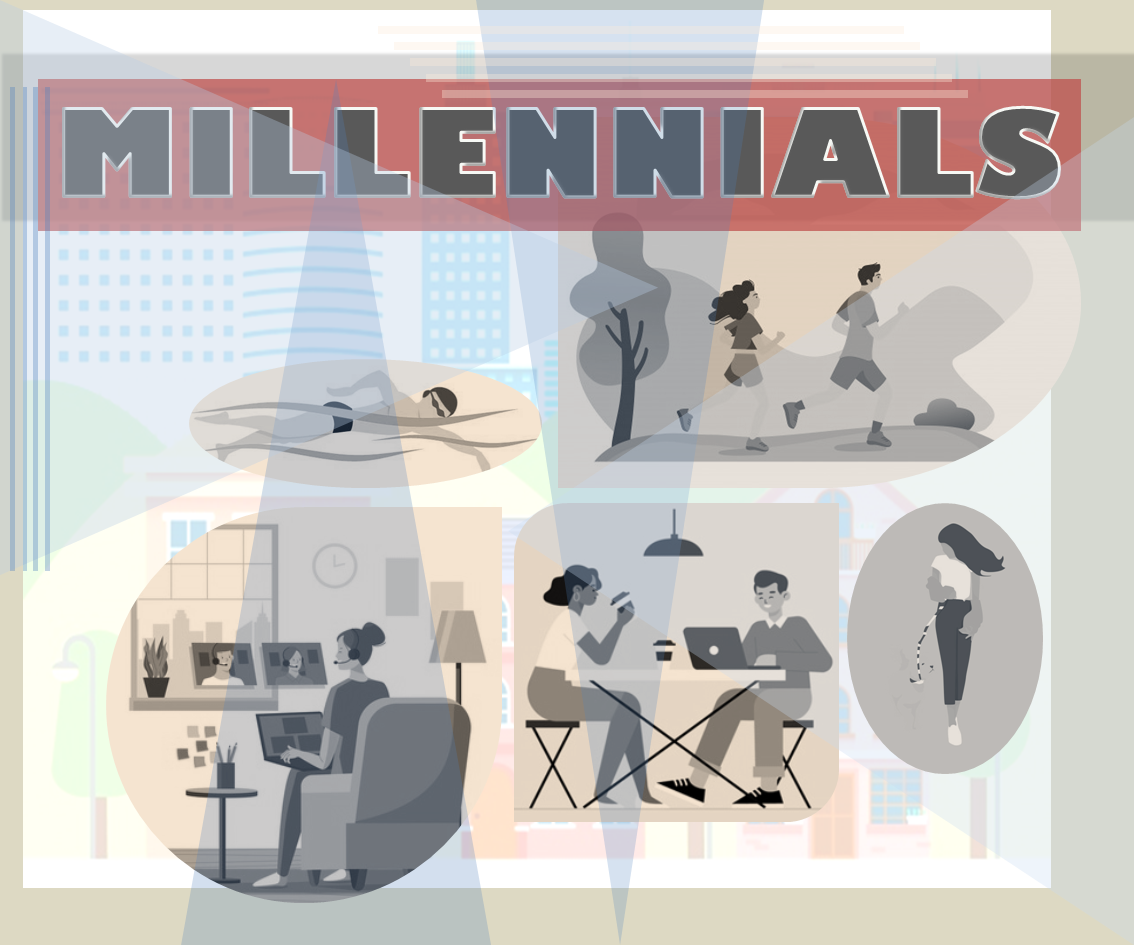
Academics v/s Practice
Academics v/s practice is the MOST debated topic amongst aspiring architects who just finished their internship. The 4-month internship during the architectural education is a pivotal segment that prepares the student for the reality of the chosen trade. This ‘special segment’ opens a window into the life that the student has chosen for themselves.
Two months into this internship, I had to attend an emergency meet-up with my friends discussing the pressing issue of how our professors ‘conveniently’forgot to mention the complex work structure of architects other than just designing. Everyone was complaining that they never get to design anything wherein we have been ‘seasoned’ for the past 7 semesters to do just the same.Some of them were even saying that they have been doing the most despised part of the project: the working drawings, from the day they started. I remember my first week where I had to get acquainted with office systems. There were numerous ongoing projects with just as many clients, consultants, and contractors; but all past their design stage.There was so much work to be done but very little designing. There were many people we had to coordinate on daily basis to turn our designs into reality; contractors, consultants (MEP, structural, landscape), clients themselves; to name a few. Those few months popped our dream bubble and pushed us into the working world without any safety gears.
We are responsible for a lot of things other than design of building, which are an integral part of design execution. But this never really gets conveyed to us during the years we spent in the classrooms drawing away blissfully.We are taught to solely focus on the design aspect, while, in practice, the designing happens in a matter of weeks and the coordination amongst all the other disciplines take majority of the time in a project.
I realised, buildings get designed by architects after passing through following milestones:
• Client meetings and agreements
• Project feasibility(we cannot build anything anywhere)
• Conceptual design(what we are taught in academics)
• Consultants meeting and Approval drawings (what we think is not our job, but it is)
• Consultants coordination and Working drawings (which all junior and intern architects despise doing)
• Project cost evaluation and Tendering (the most important factor to reduce construction time)
• Construction of the project begins (finally)
• Site visits and work inspections (most exciting job in internship)
• Completion of construction and Occupation certificate (if all the above goes smoothly)
The above process can get less or more complicated depending on the type of project. After all, every project is unique.
Out of the mentioned points, we are being taught only 2 or 3 aspects which account to a very small part of the whole process.
In a world where everyone is expected to be born a ‘know-it -all’, the education system is not doing that great of a job to prepare us for it. We are species who learn things faster than the other, but better efficiency can be achieved with formal knowledge. Isn’t that the whole purpose of the education system? This gap in education and profession is not just a problem in the architectural field but almost in all the other technical professions (that I have friends in). If the authority refuses to take the necessary measures to change this dilemma, the responsibility falls on the professionals and students to put in extra efforts to diminish if not completely erase ‘the gap’.
Efforts are being taken as you read this, but its scattered on the world map, with major chunks being concentrated in certain places. Imagine a world where this effort is universal and accessible to all. The architecture community of the world would improve, creating an aesthetical bliss!
About the Author:
Preetika Mudhliyar, a young aspiring architect with a will to soften the struggles of fellow aspirants in an eloquent way. Passionate about everything architectural(painting, reading, photography to name a few), except the actual architectural work (working drawing, long hours office work). She can be reached at preetvk007@gmail.com.

